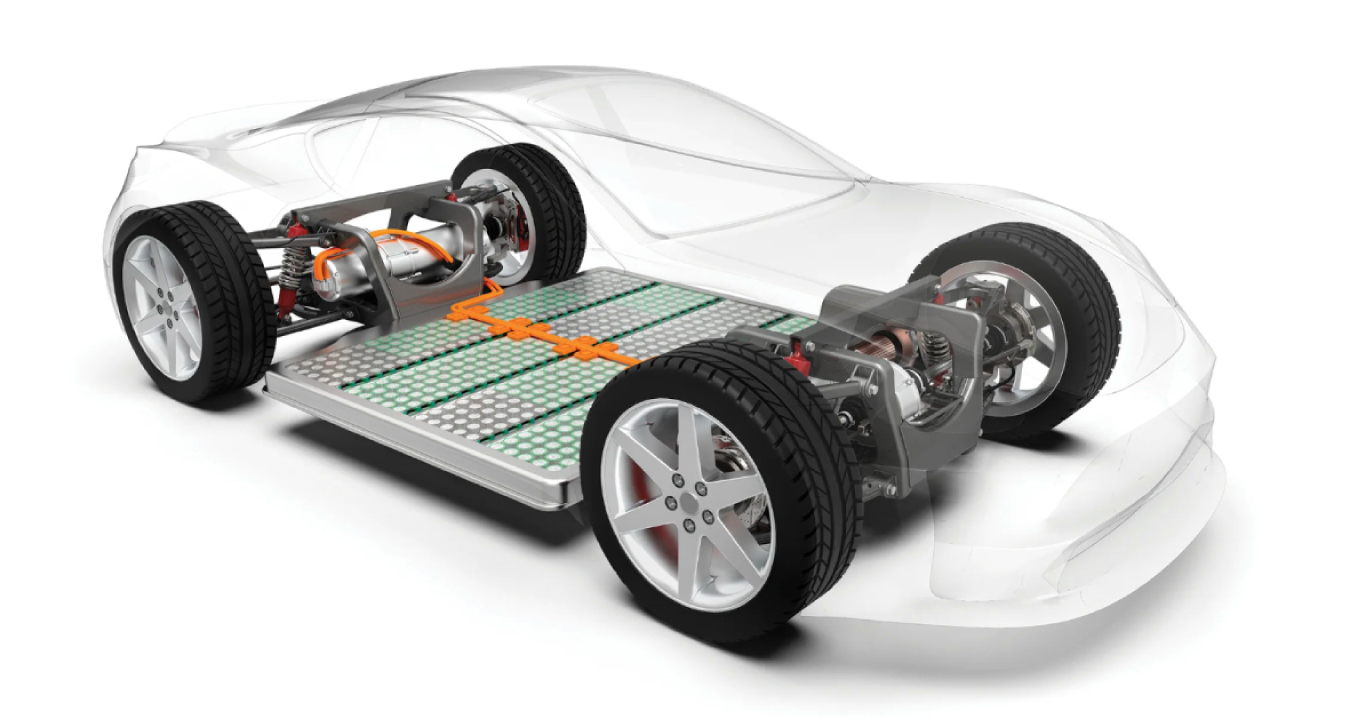
Palletising plays a vital role in any production line as it performs the task of the last mile before a batch is readied for despatch. It impacts the production metrics indirectly, as any bottleneck in the last mile before despatch will need a corresponding halt in production.
The design of any robotic palletising project involves a careful analysis of the environment – does it produce a specific range of products, or does the product range change, as in a warehouse environment. It needs to factor in the space available based on which choice has to be made whether to use a cobot or a robot. Here are some key points to consider while designing a robotic palletising project:

Identifying types of items to be handled
The first thing to be analysed are the types of items to be handled. The weight of each item needs to be calculated to arrive at the type of robot to be used, and also to help in creating an appropriately sized pallet. Is the pallet going to handle the same product repeatedly or will there be a mix of products, pallet-wise or different products in the same pallet?
Defining specifications of the pallet
The needs should be properly understood before creating the appropriately sized pallet with the optimum load-bearing capacity. Ease of depalletising also needs to be factored in, once the pallet has been used for maximum cycles. The pallets need to be placed appropriately on the conveyor. Some cases may involve packing prior to palletising, especially for handle-with-care produce such as eggs.
Choosing types of packing
Heavier items which are in powder or flake form such as cement or foodgrains are packed in bags instead of cartons. These items need high-speed robots to handle the palletising. Most other items are, in general, packaged in cartons.
Evaluating the space

The space available for the project needs to be analysed. Should a complete robot with proper fencing be accommodated to ensure non-interference with human activity, or Collaborative Robots which allow work alongside humans? Is there enough space available for an articulated 6-axis robot?
Designing the space
Factors such as the number of robots to be used simultaneously, and the variety of products to be handled need to be considered. Appropriate network of conveyors and lines need to be designed. The same robot may handle more than one type of product, and it should be able to pick each type from respective lines.
Recommissioning
It needs to be ascertained if the product mix will change over time. Some produce may be seasonal, and the palletising should adapt accordingly. The plan should accommodate maximum uptime of the robot, and the time needed for such changeovers should be minimal to ensure least impact on productivity and costs.
Planning for maintenance/repair
A full-fledged robot in an enclosure is ideal to handle heavier loads, but in the event of repair or maintenance it needs more time as the enclosure may be under LOTO and needs to be opened in emergency situations. Collaborative Robots take less time for repair/maintenance since they work alongside humans.
Selecting appropriate End of Arm Tooling (EOAT)
Depending on the products and the packages to be handled, an appropriate EOAT needs to be factored in which can pick and place more in a single cycle. A custom EOAT may also be needed for specialised items. Shelf-ready items are packaged in smaller sizes and smaller End of Arm Tooling may need more cycles for the same output.

Analysing the type of facility – centralised or distributed
The factors discussed above, assume a single facility handling a specific range of products. Centralised facilities need to handle products from other facilities too. These mostly comprise a complex network of conveyors and the palletising needs to be sensitised to such needs. While most requirements are for end-of-line palletisers, specialised requirements may need to be accommodated in earlier stages too.
Ensuring effective traceability
Each carton or pack in a pallet needs to be identified, and this needs the barcode or RFID to be read using appropriate visual scanners. This ensures maximum visibility of each batch for traceability, as is mandated in different regions.
Implementing support software
The entire setup should be supported by an able software to record the events and capture the data for analysis. This will be useful in recommissioning scenarios too.
MELSS has been involved in industrial automation and robotics projects for a variety of industries for the last 25 years. We provide a range of palletising solutions, from robotics to traceability, and each is supported by software too. For more: www.melss.com




